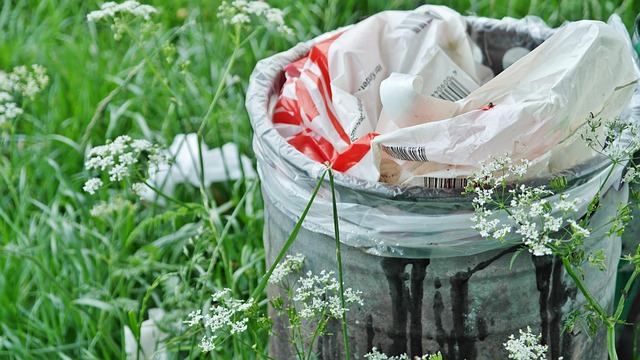Green Thumbs Up: Eco-Friendly Tips for Sustainable Gardening
In a world increasingly conscious of the environment, sustainable gardening has become a vital practice for those with green thumbs. Embracing an eco-friendly approach not only nurtures your plants but also contributes positively to our planet. By incorporating sustainable gardening techniques, you can cultivate a lush paradise while being kind to nature and minimizing your ecological footprint.
Understanding Sustainable Gardening
Sustainable gardening goes beyond mere aesthetics; it emphasizes working in harmony with the ecosystem. This method fosters a deep connection with the land, encourages biodiversity, and enhances soil health. By understanding the principles of sustainability, you can create a flourishing garden that benefits not just you, but the environment as well.
Choose Native Plants
One of the simplest yet most effective steps towards sustainable gardening is selecting native plants. These plants are naturally adapted to your local climate, require less water, and are resistant to local pests. By planting species that are indigenous to your area, you help support local wildlife, including pollinators like bees and butterflies, fostering a vibrant and balanced ecosystem in your backyard.
Practice Water Conservation
Water is a precious resource, and sustainable gardening methods should reflect that. Implementing rainwater harvesting systems, using drip irrigation, and mulching around plants can significantly reduce water usage. Additionally, consider incorporating drought-tolerant plants that thrive in your region’s climate, requiring less water and maintenance over time.
Organic Gardening
Choosing organic practices is another cornerstone of sustainable gardening. This includes avoiding synthetic fertilizers and pesticides, which can harm beneficial insects and soil health. Instead, utilize natural compost, crop rotation, and beneficial insect habitats to promote healthy soil and robust plant growth. Composting kitchen scraps and yard waste not only reduces landfill waste but also enriches your garden soil, creating the foundation for abundant plant life.
Embrace Permaculture Principles
Permaculture is a holistic approach to gardening that focuses on creating self-sustaining ecosystems. By designing your garden space to mimic natural ecosystems, you can significantly reduce labor and resource inputs. Techniques such as companion planting, which involves growing different plants together for mutual benefit, can create a biodiverse environment that enhances plant resilience and yields.
Reduce, Reuse, Recycle
The mantra of reduce, reuse, recycle” can be seamlessly integrated into your gardening practices. Instead of purchasing new planters or garden accessories, look for ways to repurpose materials you already have at home. Old containers, pallets, and even tires can be transformed into unique garden elements, all while minimizing waste and reducing environmental impact.
Support Local Ecosystems
Creating a wildlife-friendly garden is an excellent way to contribute to the health of local ecosystems. Planting a variety of species, adding birdhouses, and creating habitats for small creatures encourage biodiversity. By providing food, shelter, and water sources, your garden can thrive as a sanctuary for wildlife, promoting ecological balance and harmony.
Gardening with Mindfulness
Ultimately, sustainable gardening is about being mindful of your impact on the earth. Taking the time to observe and listen to your garden fosters a deeper appreciation for nature’s cycles. This connection can lead to informed decisions about the materials you use and the methods you choose, resulting in a flourishing garden that resonates with eco-friendly principles.
As you embark on your sustainable gardening journey, remember that every small effort counts. From choosing the right plants to embracing organic practices, your contributions play a vital role in nurturing a healthier planet.




